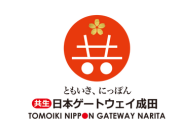Tinwood Estate’s remarkable transformation is more than just a success story. It’s a testament to the power of dreams, hard work, and the curious allure of English vineyards.
The 44.5ha of vines striping the 111ha farm are at the foot of the South Downs, a chalk ridge becoming known for its premium English sparkling wines. You can see the English Channel three miles away from the vineyard, which lies in a picturesque hamlet just north of the city of Chichester, in West Sussex.
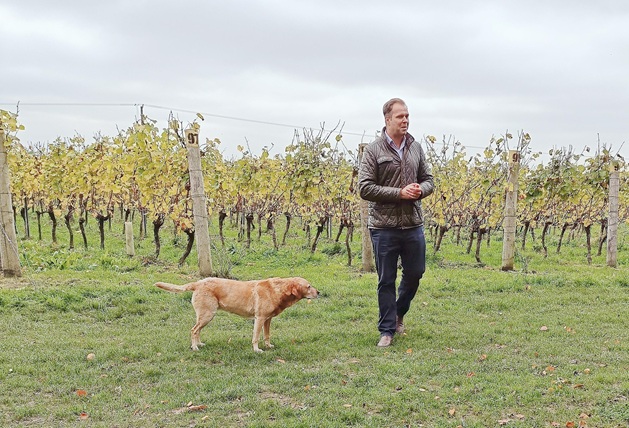
The fields where Art (above) is standing, recounting the short history of the wine estate, once produced iceberg lettuces for supermarkets. But now they are planted to three Champagne grape varieties. Guests can stay in luxury lodges on the edge of the vineyard, take picnic hampers into the rows, or dine in the tapas-style restaurant, opened last spring. There, they can taste the fruits of these fields – a blanc de blancs made from Chardonnay and 7g/L dosage, a brut made from 50% Chardonnay, 30% Pinot Noir and 20% Pinot Meunier, and a sparkling rosé made from 60% Pinot Noir, 20% Pinot Meunier and 20% Chardonnay. About 5% red Pinot Noir is added for the pale pink colour and this wine receives a dosage of 8.5g/L of sugar.
In the tasting room and restaurant, Art explains the winemaking process.
- Grapes handpicked into small baskets which can be stacked on a pallet to take to the contract winemaker, Ridgeview in East Sussex. “We normally take about eight tons in a lorry at a time, and within about two to three hours after the grape pick, they’re in the Coquard presses.”
- The grape juice is left to settle for two days, before racking to a temperature-controlled tank.
- Yeast is added to turn the sugar to about 9.5% alcohol while retaining the juice’s crisp acidity. “As still wines go, it’s probably not the best, but as a base for sparkling, it’s just absolutely perfect,” Art comments.
- The second fermentation, to produce the bubbles and boost the alcohol to 12%, takes place inside the bottle.
- The bottles are laid on their side for ageing for two to three years behind the restaurant at Tinwood. The 2022, 2023 and 2024 base wines are currently resting on lees in the barn. “We generally have three vintages in the cellar at all times, sometimes four, depending on where we are in the year,” Art adds.
- “We disgorge at about five or six different points throughout the year, taking the wine back to Ridgeview, just north Brighton, and that’s where they’ll disgorge and they’ll riddle the bottles with gyropallets. What used to take three months now takes two weeks.”
- The top 2cm of the neck of the upside-down bottles are frozen by a liquid glycol solution – -20°C for two minutes – to prepare the bottles for disgorging.
- After adding the cork and wire hood, washing the bottles, adding a foil and label, the wines are packed into boxes and stored back at Tinwood for another three to four months before release.
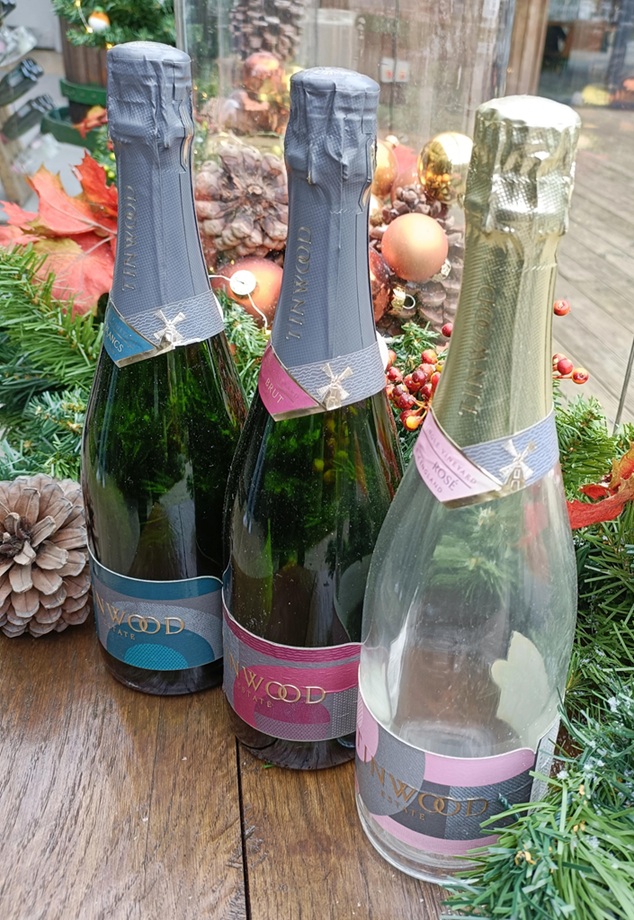
The roots of change
The story of Tinwood Estate is deeply intertwined with the Tukker family’s agricultural legacy. Art, the current owner, grew up watching his father, Aad, cultivate iceberg lettuces here. Aad, a Dutch immigrant with a global perspective on farming, had introduced this novel crop to the UK market in the 1980s after discovering it in California.However, by the early 2000s, the landscape of agriculture was shifting. Mass production and supermarket dominance were reshaping the industry, prompting Art to consider a bold new direction for the family farm.
Planting the seeds of a new vision
Art’s eureka moment came during his university years while studying agriculture. Intrigued by the potential of viticulture, he embarked on a journey to Marlborough, New Zealand, in 2005. There, under the tutelage of Mike and Claire Allen at Huia Vineyards, Art immersed himself in the art and science of grape cultivation.This experience proved transformative, igniting a passion that would reshape Tinwood’s future. In 2007, Art took the decisive step of uprooting the lettuces and planting the estate’s first 48,000 vines.
Nurturing growth and excellence
The transition from lettuces to vines was not without challenges. The Tinwood team had to adapt to new farming techniques, find a talented contract winemaker, and build a brand from scratch. Yet, their dedication to quality and innovation quickly bore fruit.Today, Tinwood Estate boasts nearly 45ha under vine, split across four distinct vineyards: House Vineyard, Oma’s Vineyard, Ounces Vineyard, and van Diemen Vineyard. This expansion reflects not just growth in size, but a deepening commitment to producing exceptional English sparkling wines.
A destination for wine enthusiasts
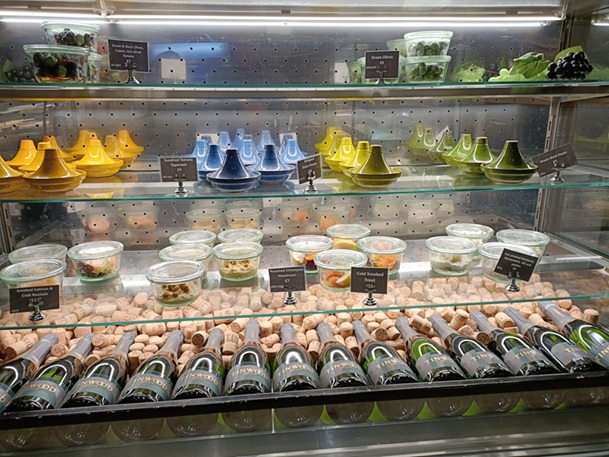
Tinwood’s transformation extends beyond the vineyards. Recognising the potential for wine tourism, the estate has developed a range of experiences that invite visitors to immerse themselves in the world of English wine:
- Vineyard tours and tastings. Guests can explore the vineyards and learn about the winemaking process before enjoying a guided tasting of Tinwood sparkling wines.
- Dining in style. Vineyard Kitchen is their restaurant and tasting room, with a large terrace overlooking the vines. The 50-cover restaurant serves seasonal “modern British tapas” every day and dinner on Friday and Saturday evenings. Picnic baskets are supplied for those who would rather find a private spot among the vines to enjoy their food alongside a glass of Sussex sparkling wine.
- Luxury lodges (below). For those seeking a more immersive experience, Tinwood offers eight luxury lodges with hot tubs, barrel saunas and terraces overlooking the vineyards.
- Events and experiences. From yoga in the vines to sparkling afternoon teas, Tinwood hosts a variety of events that showcase the versatility of their wines and the beauty of the estate.
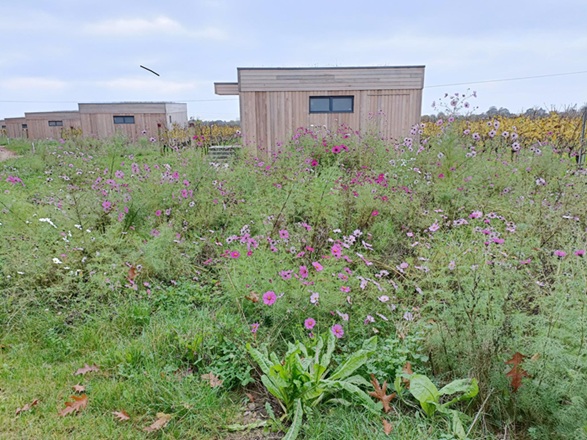
Direct sales
Inspired by a trip to Napa Valley, California, Tinwood launched a wine club two years ago. Members have to buy six bottles every quarter and can get involved in the harvest and blending. They also have access to special dinners and events, and archive wines. There are currently 200 members, but the aim is to increase it to 1,000.“The members are invested,” Art points out. “Of course, they invest their money. But they come to the events, they help us pick grapes, and soon they’re going to be part of the blending. They will get a say on how their wine will taste.
“But then they come and bring their friends to the restaurant and say, “We help make the wine’. They are the best brand ambassadors you could ever imagine. They take our wines around the world, and they bring it to other dinner tables, and they say, ‘I’m a wine club member here, and I help blend this wine, and I helped make it’.
“We spend a lot of time with wine club members. You get to know them on a first-name basis. It’s a really good wine club.”
Sustainability and innovation
The Tukkers’ commitment to the estate extends to their farming practices. Tinwood Estate embraces sustainability, eschewing insecticides in favour of promoting biodiversity through wildflower meadows and hedgerows. This approach not only benefits the environment but also enhances the quality and character of their wines, they believe.Future
Tinwood Estate will continue to improve its wines and offer. One day they hope to have their own winery here. But one thing is for sure – they will continue to use members and Eastern European workers to pick their grapes.“I looked at a machine harvester last vintage, going through some Chardonnay for sparkling wine. And I was watching all the rot going into this kind of grape soup that came out. And I was thinking, ‘Oh my god, I was dreaming that machine harvesting might be the answer for my problems of Brexit and everything else, but it’s not at the moment. So, that was a bit of a deflating sort of day. So, it looks like, for the foreseeable future, we will continue to pick our grapes by hand.”

 English
English French
French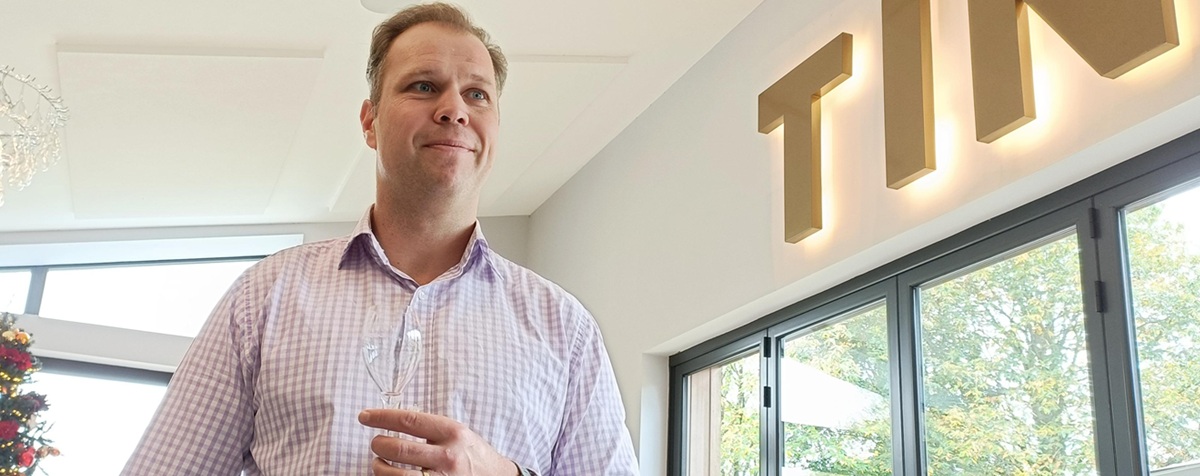

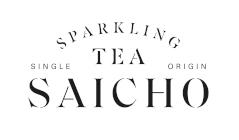

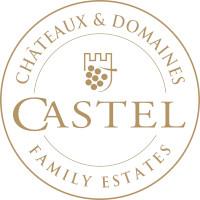


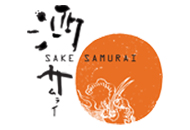
.png)
